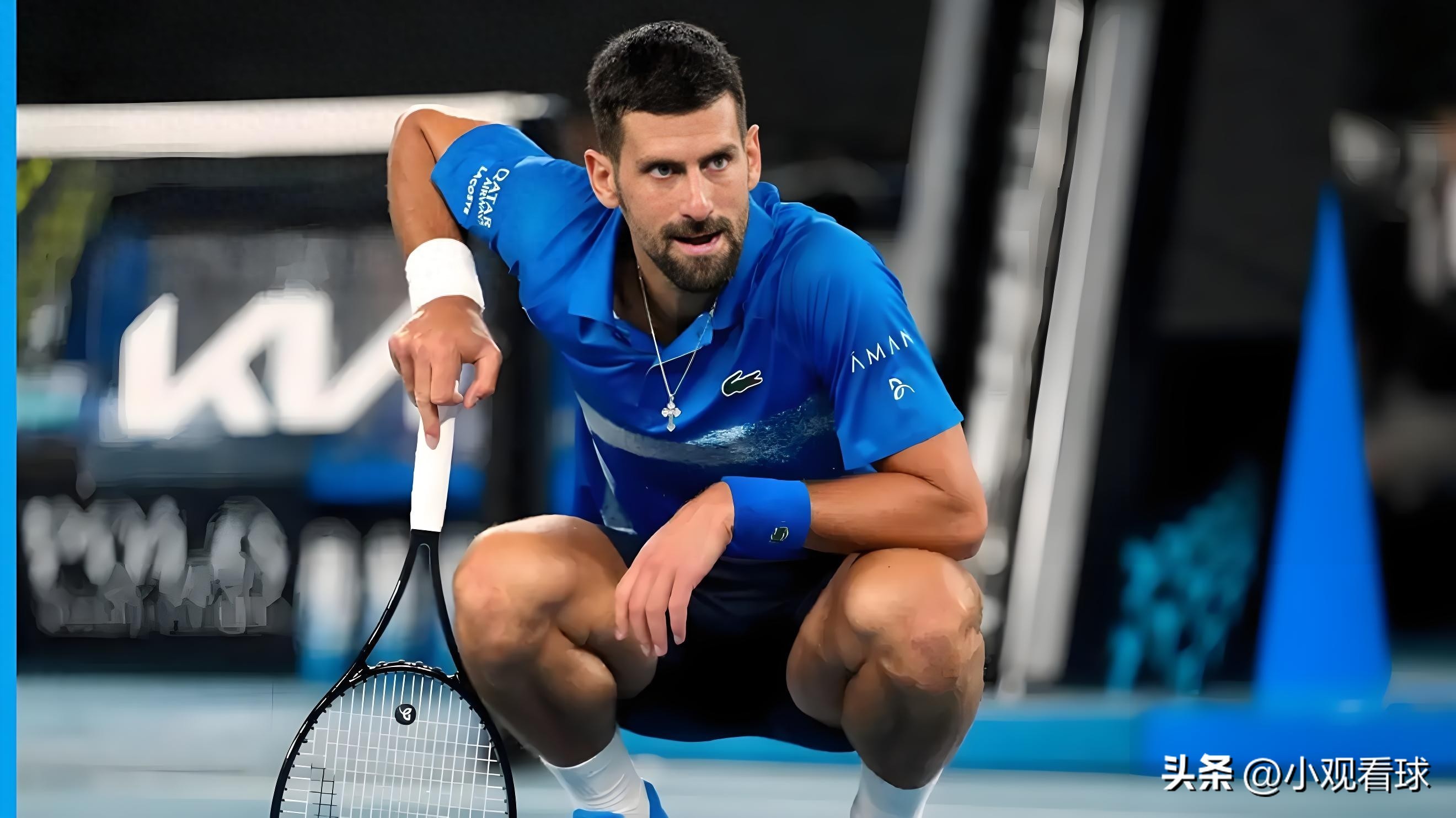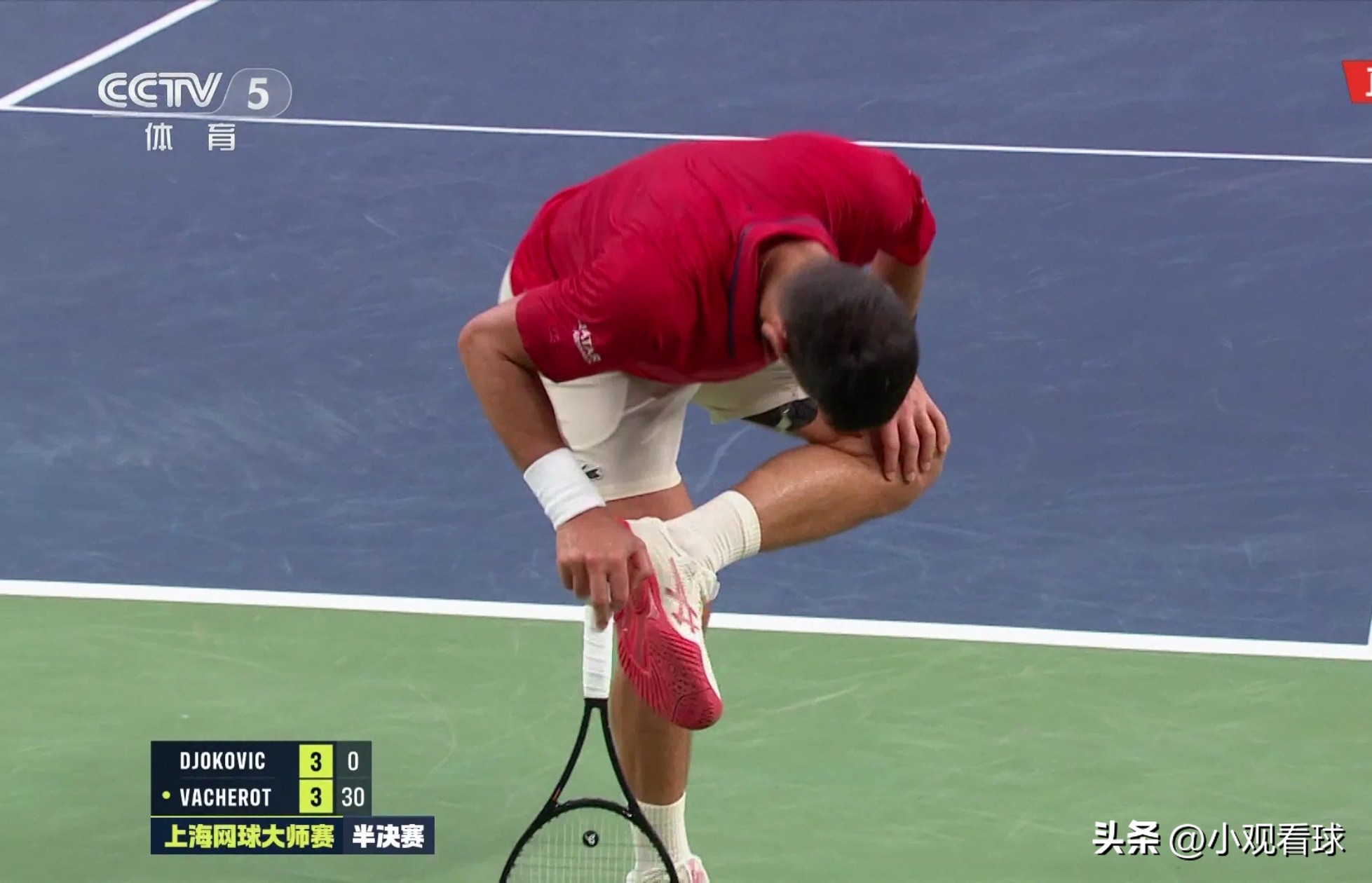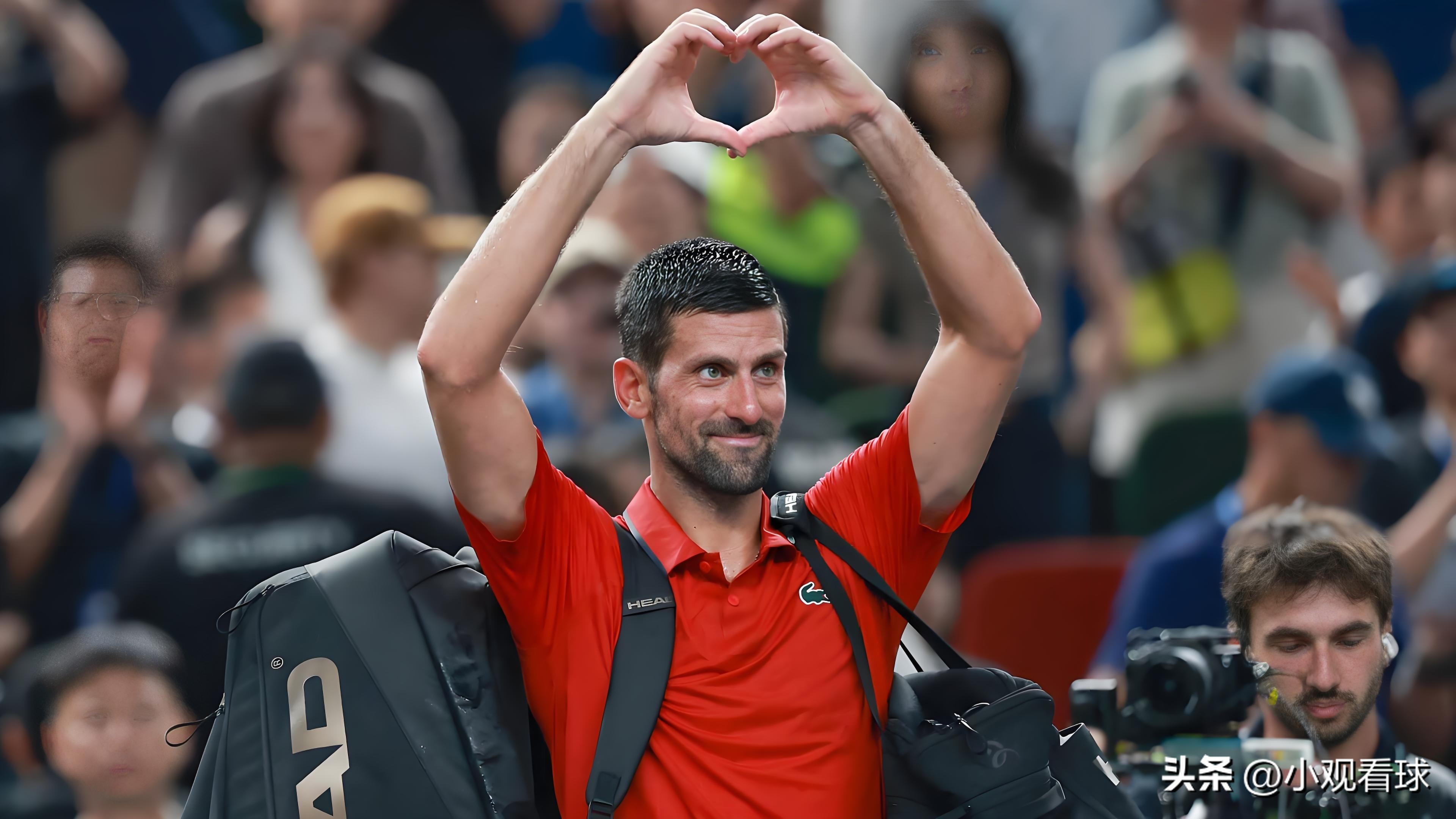Djokovic: The "Unicorn" Facing Injury Challenges, Is the Schedule a Key Factor?
In 2025, at 38 years old, Djokovic is going through the most injury-intensive period of his professional career. This 24-time Grand Slam winner had enjoyed consistent good health between 2003 and 2023, with just a single major operation in 2018 linked to a 2016 elbow injury. Yet in the last year and a half, injuries have persistently affected him, particularly in the final rounds of Grand Slam events.

At the 2024 French Open, Djokovic suffered a tear in the medial meniscus of his right knee; although he recovered quickly after surgery, winning gold at the Paris Olympics and reaching the Wimbledon final.
But the injury wave continued into 2025. In January’s Australian Open semifinal, he withdrew against Zverev due to a hamstring tear; in July’s Wimbledon semifinal, his performance was clearly limited by physical issues against Sinner; last month in the US Open semifinal versus Alcaraz, he was physically exhausted after just two sets; and during the Shanghai Masters, he struggled with physical problems throughout, showing poor form in the semifinal loss to Vachier-Lagrave.
“Nowadays, I almost always experience some physical issues during matches,” Djokovic admitted after defeating Berrettini at the Shanghai Masters.
Why has this “evergreen” player suddenly been plagued by frequent injuries? The founder and CEO of global sports science and data company Kitman Labs, and athlete health expertStephen Smithprovided a professional analysis. He believes Djokovic’s ability to remain at the top level into his thirties is thanks to his genetics, professionalism, and investments in his body and career. Compared to peers of the same age and similar competition demands, Djokovic is undoubtedly a “unicorn.”

However, Smith also pointed out that frequent injuries are closely related to physical wear and tear and the competition schedule. “At his age and participation frequency, wear is inevitable. Having been in excellent health before, now suffering four or five injuries in succession signals bodily wear.” He further explained that breaks for recovery reduce training volume, and returning immediately to peak competition level can trigger a chain of injuries.
Notably, Djokovic has significantly reduced his tournament participation in the later stage of his career, playing only 11 events in 2024, with the 2025 Shanghai Masters marking his 12th, aiming to preserve energy for the Grand Slams. Yet this strategy might be counterproductive.
Smith believes that reducing participation might actually contribute to the injuries: “To manage condition, players rest more, but often this backfires. As competition intensity rises, relying on past experience to cut training and matches while maintaining top performance in major events puts immense strain on the body.”

In his view, the core issue lies in balancing training stimulus and recovery. “Too much rest and recovery can have negative effects. We need to find a balance: provide enough stimulus to stay healthy without overloading and causing injury, while avoiding insufficient load that makes the body vulnerable.”
For Djokovic, finding the optimal balance between extending his career and maintaining competitive form, possibly by adjusting his schedule, may be crucial. Whether this tennis “unicorn” can overcome injury troubles and return to his peak remains to be seen.
[Look at me][Look at me][Look at me][Give myself a flower][Give myself a flower][Give myself a flower]







 Links
Links
 Contact
Contact
 App
App


